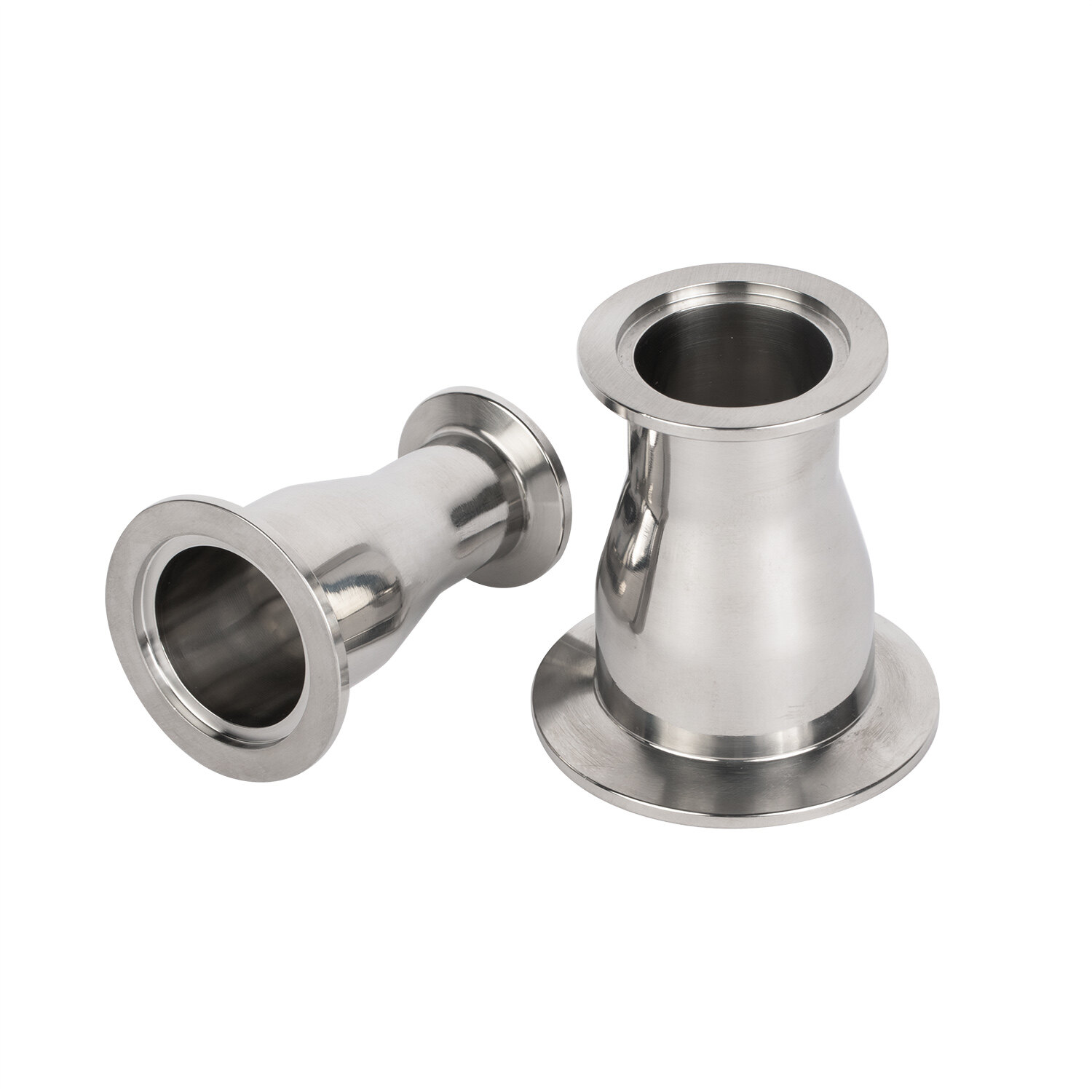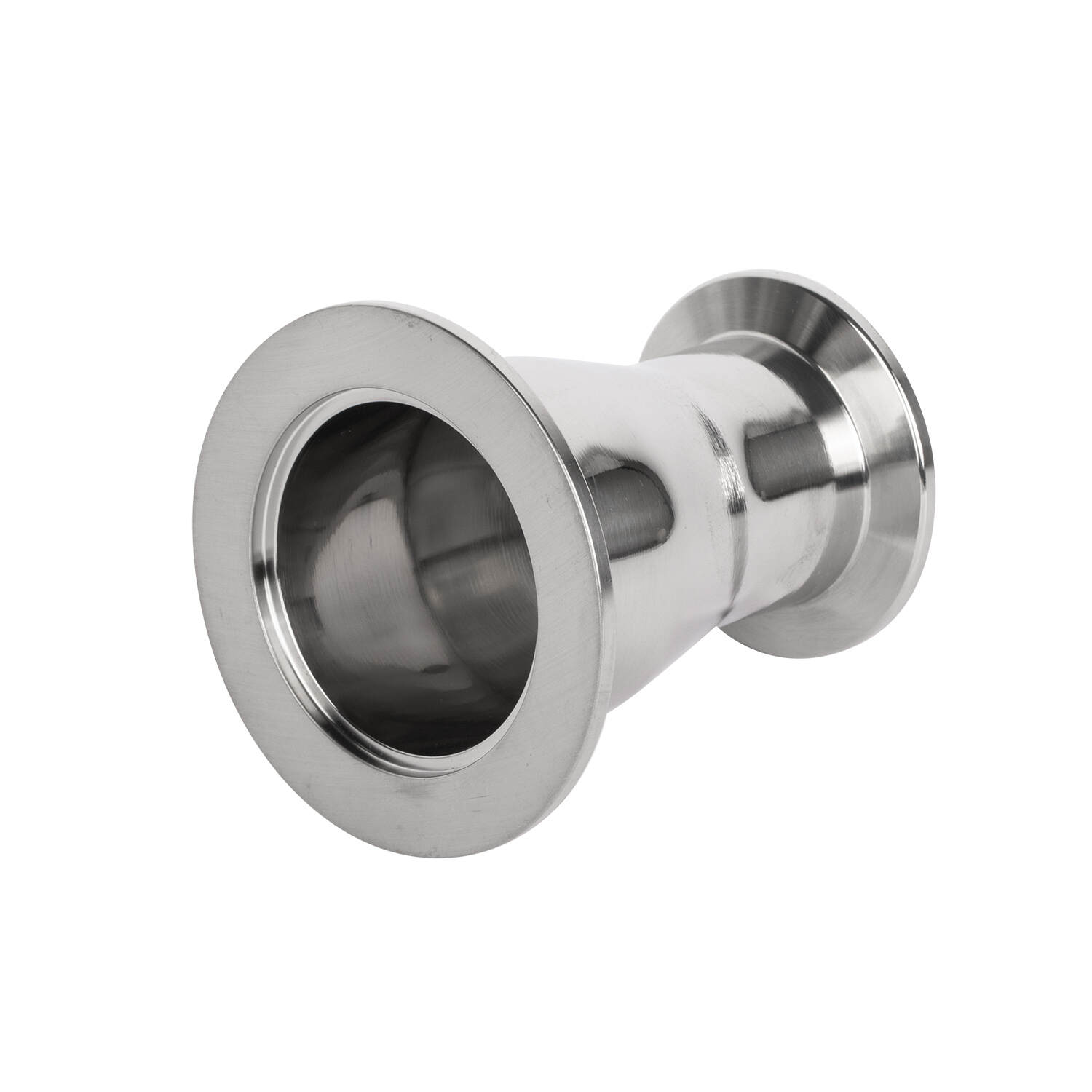Email format error
Email cannot be empty
Email already exists
6-20 characters(letters plus numbers only)
The password is inconsistent
Email format error
Email cannot be empty
Email does not exist
6-20 characters(letters plus numbers only)
The password is inconsistent


In the intricate network of piping systems, stainless steel pipe reducer fittings stand as crucial components, orchestrating seamless transitions between pipes of varying diameters. Their role extends beyond mere connectivity; they ensure optimal flow efficiency, prevent turbulence, and maintain system integrity. This guide aims to dissect the realm of stainless steel pipe reducer fittings, unraveling their functions, types, installation methods, and pivotal considerations for selecting the perfect fittings for your project.
Understanding Stainless Steel Pipe Reducer Fittings
Stainless steel pipe reducer fittings, characterized by their tapered design, serve as the linchpin in piping systems, harmonizing the flow of fluids across pipes of different sizes. This tapering feature allows for a gradual reduction or increase in diameter, averting abrupt changes that could disrupt flow dynamics or induce pressure fluctuations. These fittings come in various configurations, each tailored to specific applications and operational requirements.
Functions and Applications of Stainless Steel Pipe Reducer Fittings
Stainless steel pipe reducer fittings perform multifaceted functions within piping systems:
1. Size Transition: They bridge the dimensional gap between pipes, ensuring a smooth transition that minimizes flow resistance and optimizes flow velocity.
2. Flow Regulation: By adjusting pipe diameters, reducer fittings regulate flow rates and pressure levels, facilitating precise control over fluid dynamics within the system.
3. Space Optimization: In space-constrained environments, reducer fittings enable efficient utilization of available space by accommodating pipes of varying sizes without compromising system performance.
4. Material Compatibility: They facilitate compatibility between pipes of different materials or standards, enabling seamless integration within complex piping networks.
Types of Stainless Steel Pipe Reducer Fittings
1. Concentric Reducers: Exhibiting a symmetrical design, concentric reducers ensure a uniform reduction or increase in pipe diameter along the length of the fitting. They are preferred in applications where maintaining consistent fluid flow velocity is paramount, such as in hydraulics or HVAC systems.
2. Eccentric Reducers: Characterized by an off-center design, eccentric reducers induce a gradual transition of pipe diameter while maintaining a constant fluid level within the system. They find application in scenarios requiring drainage or directional changes, such as wastewater treatment plants or drainage systems.
3. Reducing Couplings: These versatile fittings feature different-sized openings at each end, facilitating direct connection between pipes of disparate diameters without the need for additional fittings. Reducing couplings, also known as bell reducers, streamline installation processes and minimize potential points of failure in the system.
Installation and Maintenance of Stainless Steel Pipe Reducer Fittings
The efficacy and longevity hinge upon meticulous installation and proactive maintenance practices:
1. Preparation: Prior to installation, meticulously clean and deburr the pipe ends to ensure a pristine surface for seamless fitting engagement and optimal sealing.
2. Alignment: Align the reducer fitting with the pipes to achieve proper fit and alignment, mitigating stress concentrations and minimizing the risk of leaks or structural compromise.
3. Secure Connection: Employ appropriate fastening methods, such as clamps, bolts, or welds, to secure the reducer fittings in place and fortify their structural integrity against operational stresses and environmental factors.
4. Routine Inspection: Implement a regimen of regular inspections to detect signs of wear, corrosion, or leakage in the reducer fittings. Promptly address any anomalies or deteriorations to preempt system failures and uphold operational continuity.
Factors to Consider When Choosing Stainless Steel Pipe Reducer Fittings
Several critical factors warrant consideration for your project:
1. Material Grade: Opt for fittings fabricated from premium-grade stainless steel, such as 304 or 316 stainless steel, renowned for their superior corrosion resistance and mechanical properties in demanding environments.
2. Size and Configuration: Ensure compatibility between the reducer fittings and the pipe dimensions, selecting fittings that align with the system's size requirements and flow specifications to optimize performance and efficiency.
3. Pressure Rating: Assess the maximum operating pressure of the piping system and ascertain that the selected reducer fittings possess a commensurate pressure rating to withstand operational loads and ensure system safety and reliability.
4. Temperature Compatibility: Verify the temperature compatibility of the reducer fittings with the anticipated operating conditions, safeguarding against thermal expansion, deformation, or material degradation that could compromise system performance or integrity.
Conclusion
Stainless steel pipe reducer fittings embody the nexus of functionality and reliability within piping systems, orchestrating seamless flow transitions and fortifying system resilience. By delving into their intricate workings, types, installation nuances, and selection criteria, you empower yourself to make informed decisions that underpin the success and longevity of your piping projects. With the right stainless steel pipe reducer fittings at your disposal, you pave the way for fluid dynamics that are not only efficient but also impeccably orchestrated, ensuring the seamless flow of operations in diverse industrial and commercial endeavors.